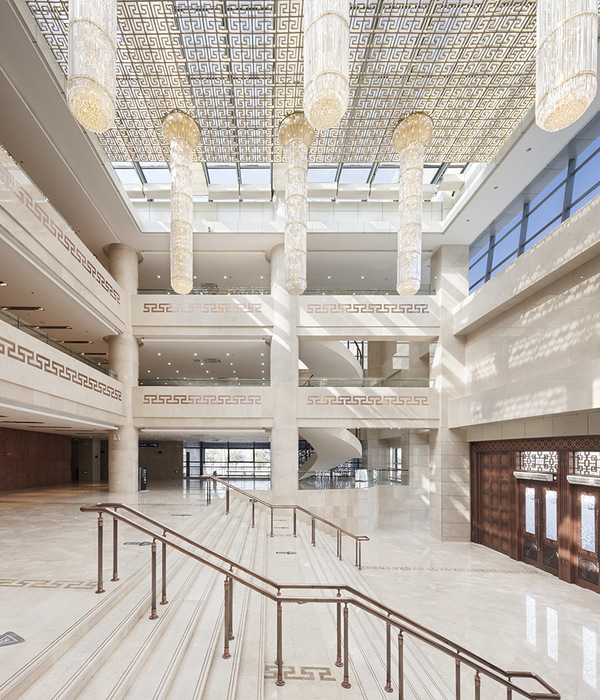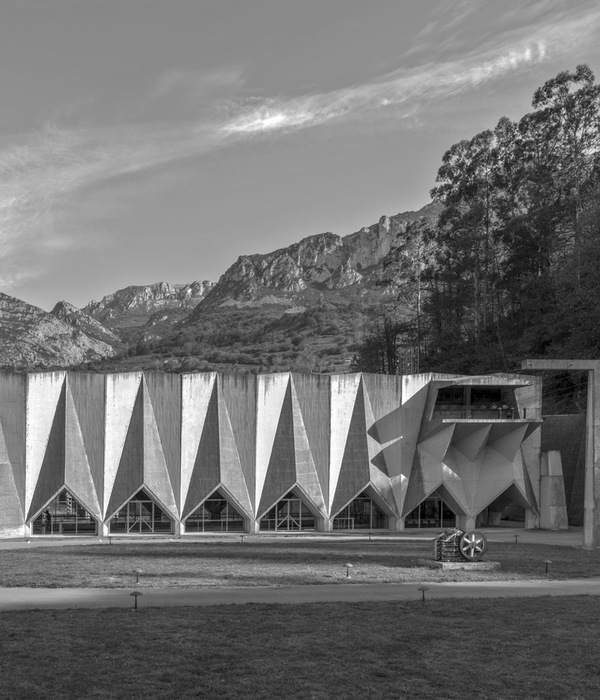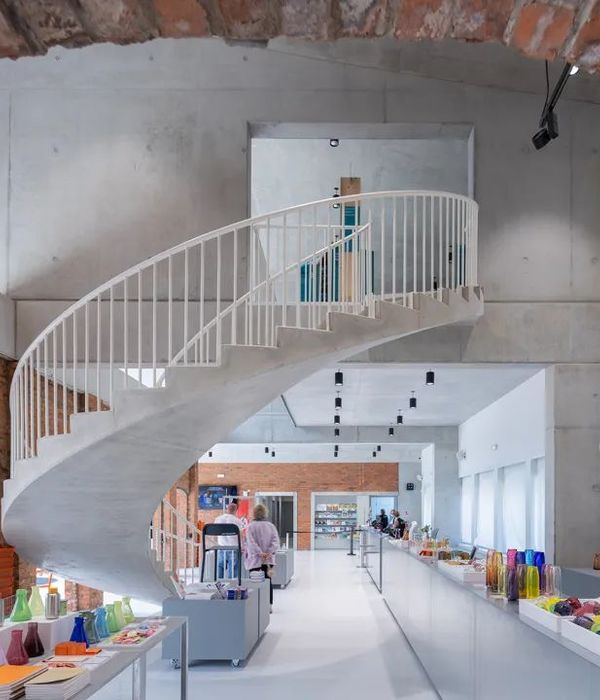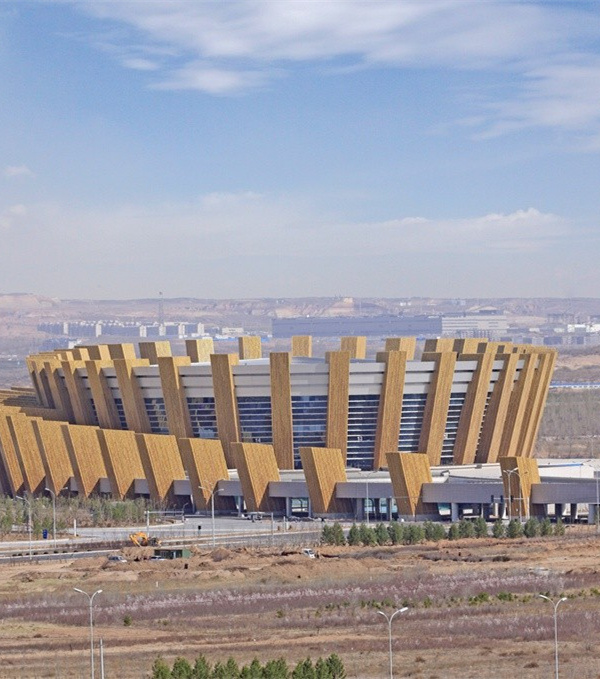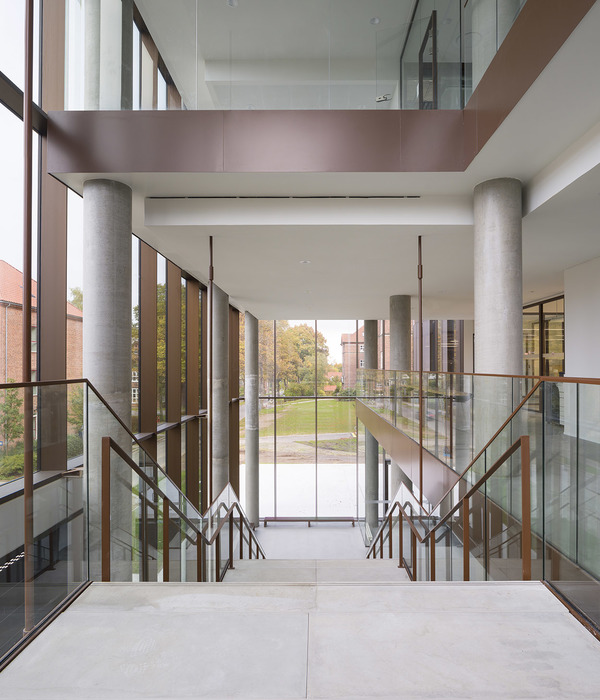Changchun Diesel Engine Factory remould
设计方:Chiasmus Partners
位置:吉林 长春
分类:工业建筑
内容:实景照片
设计团队:Zhao Xinghua, Frank Sun, Laura Pumar, Cao Yan, Jia Lingkun, Anna Kouari, Liang Min, Li Chun, Li Xiao
合作方:James Wei Ke, Hyunho Lee
委托方:中国万科集团
图片:7张
这是由北京和首尔的建筑师Chiasmus Partners设计的柴油机厂改造项目,由不同建筑群组成,位于中国长春。建筑师关注保护实体建筑之上的现状空间体验,从而形成一个通过规模、布局和材料来延续工业历史的社区。长春旧工厂的改造从多个方面来说就是一次典型的后工业化重建,包括保留一些典范建筑,并增加当代功能。这些旧工厂很少产生长久的建筑品质,但其代表中国某个特定时代的空间和教条式的组织方式仍值得保留。
该项目毗邻高速公路,通过引入多个建筑组团和组织行人道的功能,建筑师为附近居民创建了一个优质的城市空间。这个项目可以作为旧工业中心改造的案例,研究了工作和生活如何与后工业时代结合在一起,代表了开发商和城市的一次小胜利。每个建筑的开发都是一个相互依存的元素。建筑的材料相当具有代表性:旧工厂的钢材,办公室的砖材,住宅楼的石膏。高隔热性能的玻璃窗以及常规窗口为建筑提供充足的如光和更私密的空间。这个概念提高了多样的空间品质,并创建了舒适的工作和生活的场所。
译者: 艾比
From the architect. A varied group of buildings have been built where once stood a Diesel Engine Factory in Changchun, China. Designed by Beijing & Seoul based architects CHIASMUS, redevelopment of the site focused on the preservation of the existing spatial experience over the actual buildings. The result is a neighborhood that remembers its industrial past through its scale, layout and materials.
In many ways the conversion of the old factory site in Changchun is a typical post-industrial redevelopment that includes saving some exemplar buildings and adding contemporary functions. These former factories seldom have a lasting architectural quality, but in spatial and dogmatic organization they represent a defining age in China worth keeping.Located in North-East China, Changchun – sometimes called the “Detroit of China” because of its automotive industry – has been an important industrial city for the last 100 year. The site is on the border of Changchun’s city center, one block east of the Yitsong river.
Standing next to the East expressway the project is on a visually prominent position among a monoculture of new residential towers. By introducing a varied architectural group of buildings and functions organized around a pedestrian street CHIASMUS created a memorable civic space for nearby residents.James Wei Ke said: “With this project we developed a successful evolutionary neighborhood. The fact that a former industrial center can be transformed into a case study of how work and life can be combined in this post-industrial era represents a small triumph for the developer and the city.
Developed by Vanke in subsequent stages since 2011, each building was developed as an interdependent element. Representation is found in the materiality of the buildings: steel for the old factory, brick for the offices and plaster for the residential tower. A returning visual feature is the customized windows with high insulation glass that provide the buildings with a generous amount of daylight inside while deeper indoors intimate spaces allow for more privacy. This concept complements a variety of spatial qualities and creates comfortable places to work and live.
长春柴油机厂改造外部实景图
长春柴油机厂改造内部实景图
长春柴油机厂改造平面图
{{item.text_origin}}


